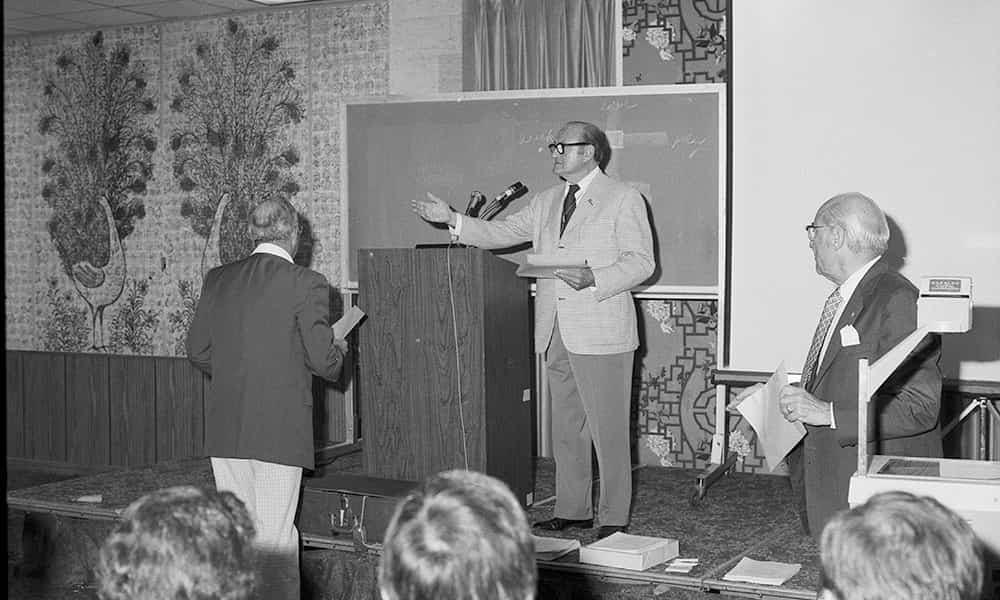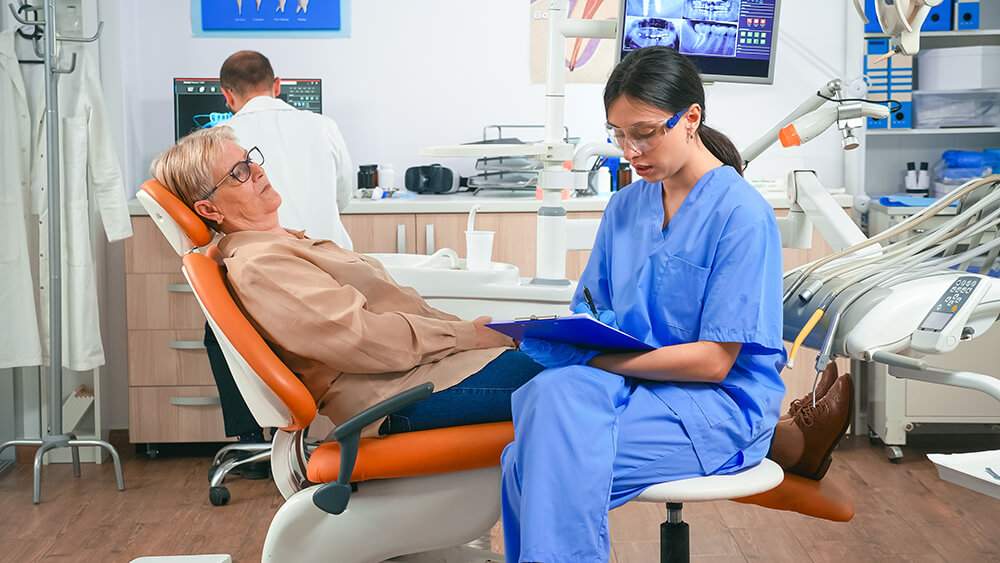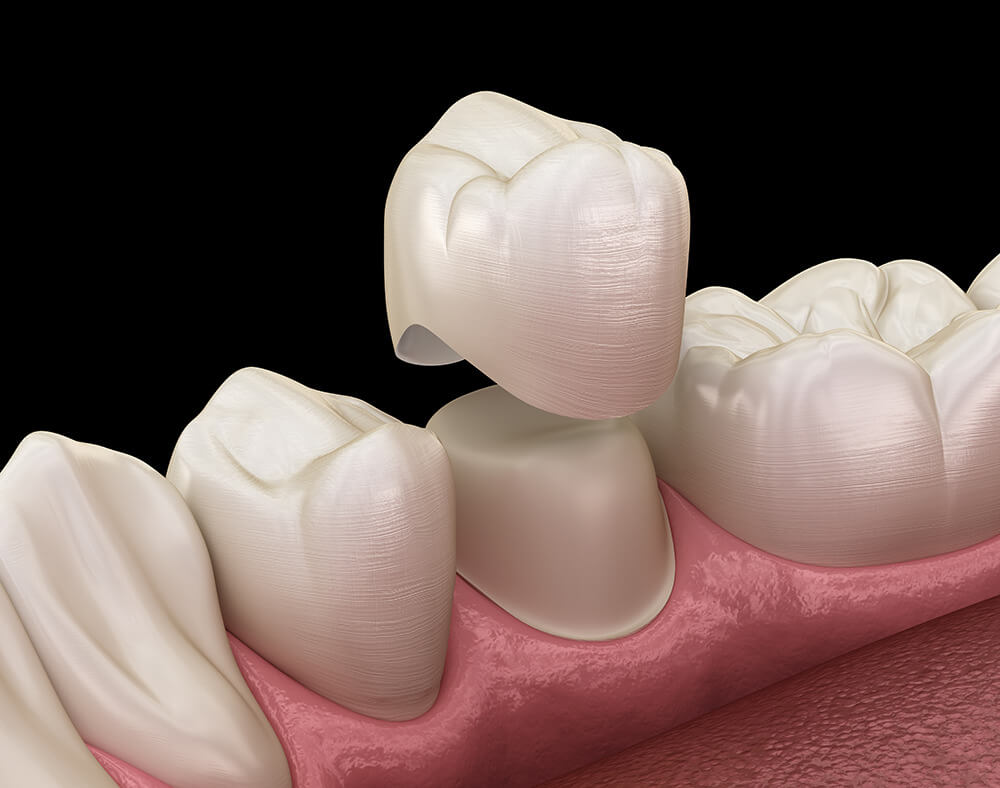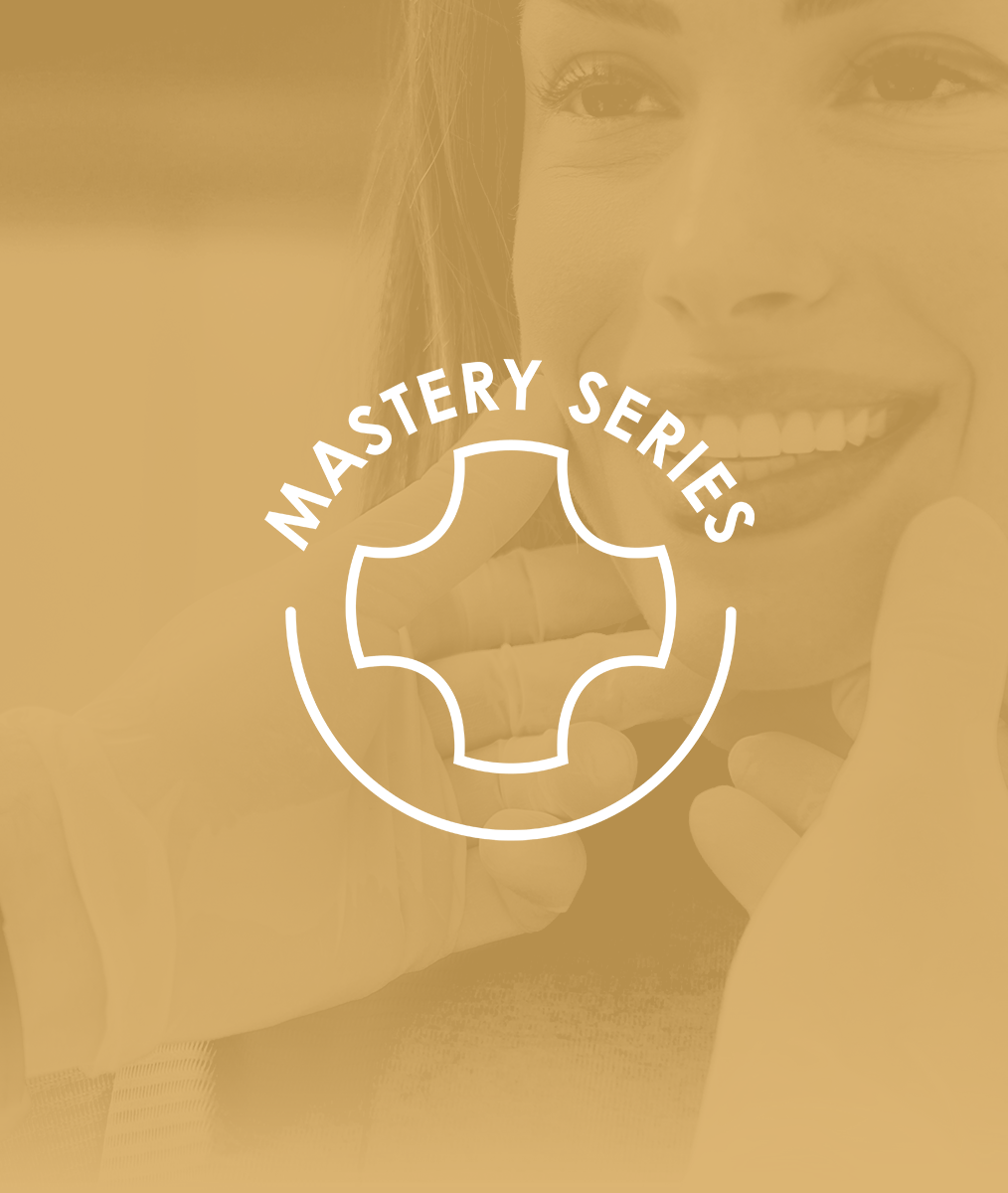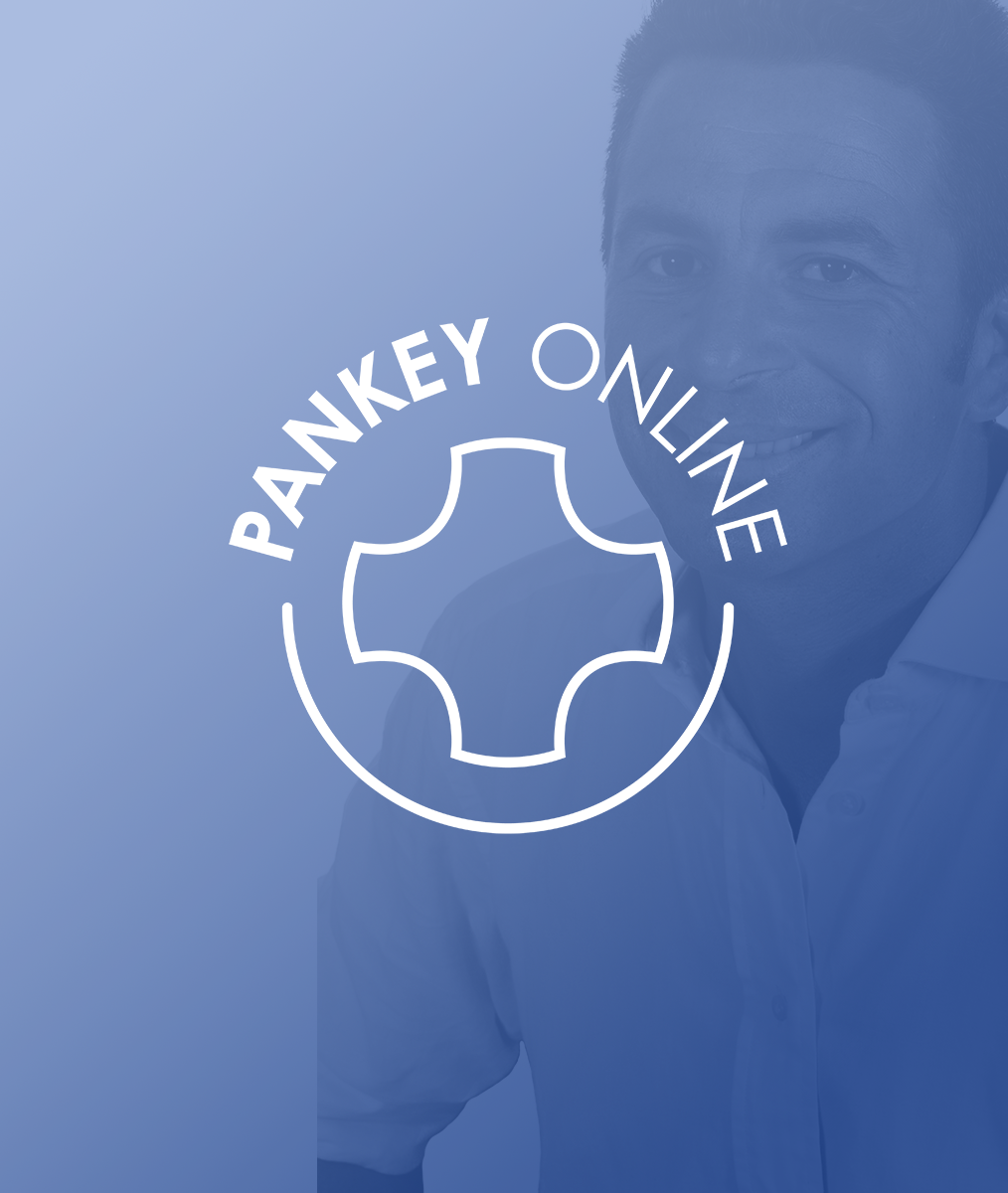The Never-Ending Patient Interview
In the year 1958, Dr. L. D. Pankey asked one of his most devout students to join him and teach the Pankey philosophy about dentistry and life to dentists around the world. And that’s precisely what they did. F. Harold Wirth, DDS, was one of the most dynamic speakers in all of dentistry. He rivaled Drs. L. D. Pankey and Bob Barkley in his ability to engage an audience and make his points clear using real (often funny) stories from his practice and life experiences.
Harold understood people on a very deep level—physically and emotionally. For this, he gave Dr. Pankey most of the credit. He had a very successful restorative practice in downtown New Orleans prior to meeting Dr. Pankey, but always felt that something was missing. L.D. Pankey showed him what that was, which turned Harold Wirth into a missionary for whole-person dentistry from that point forward:
“Give the case presentation to the person who makes the decisions,” Dr. Wirth said. “If I ever get to the point where I’m explaining what I’d like to do…If I’m not already about 90% into gaining their agreement, then I have messed up! Because I should have already won them over with the interview, the aura of my office, the literature that I’ve given them to read, and whatever else I’ve done before that time.”
Dr. Wirth said, “The case is constantly being presented: Every time the patient comes in, you’re doing a presentation. As a matter of fact, I think the interview is forever ongoing. It might only be one word, but every time the patient comes into your office, you should be interviewing them. Are you comfortable? Does your bite feel good? Are your teeth sensitive?”
These are questions that have to do with how the person FEELS. A case history is exploring what happened, but an interview is about how they feel! You need to understand the difference! How do you feel about your restorations? Are you comfortable? Are you satisfied with the appearance of your smile? Can you chew everything you want to chew?
Related Course
Creating Financial Freedom
DATE: March 6 2025 @ 8:00 am - March 8 2025 @ 2:00 pmLocation: The Pankey Institute
CE HOURS: 16
Dentist Tuition: $ 2795
Single Occupancy with Ensuite Private Bath (per night): $ 345
Achieving Financial Freedom is Within Your Reach! Would you like to have less fear, confusion and/or frustration around any aspect of working with money in your life, work, or when…
Learn More>
